How many can you spot?
“This morning, I took an interview test of Eiken. Even though I have experience, more than five years, I was still nervous, so last night I prayed at a temple which is local. It was a 50 minutes train ride to the test center, so I did practice for listening on the train. The test was held in a 200 years old university’s building. My interviewer was an American young tall man. He was a person who was very kind and helpful. The first question was about a picture of a Japanese ancient wooden carving…”
The mistakes in this makes it difficult to read. It doesn’t flow very well. However it can be easily fixed by looking at these three important points:
1. The Main Noun “an interview test of Eiken”
The most common mistake is to put the modifying words after the main noun. The above example describes a kind of test, so test is the main noun. It should go at the end of the sequence:
“a person who was very kind and helpful” >> “a very kind and helpful person“
2. Modifiers (Nouns and Numbers) “a 50 minutes train ride”
-
Plural modifiers should be in singular form.
-
Multiple noun (or number) modifiers should be joined with a hyphen.
-
Possessive “s” shouldn’t be used.
“a 200 years old university’s building” >> “a 200-year-old university building
3. Modifiers (Adjectives) “an American young man”
Multiple adjectives should be written in a specific order. Below is a table which illustrates this order. It is a rough guide, and of course there are exceptions, but it helps to give an idea. The order goes from left to right:
|
Opinion
|
Size
|
Age
|
Color
|
Nationality
|
Material
|
|
nice
|
little
|
new
|
blue
|
American
|
wooden
|
|
interesting
|
big
|
old
|
pink
|
Japanese
|
steel
|
|
delicious
|
tiny
|
young
|
black
|
Canadian
|
brick
|
|
expensive
|
enormous
|
ancient
|
white
|
German
|
stone
|
|
cute
|
wide
|
fresh
|
green
|
French
|
brass
|
Now that you know these basic rules, lets put them all together and look that piece again:

Hello! My name is Simon.
I am from New Zealand, and have been living and teaching English in Japan since 1999.
My hobbies include movies, playing the guitar, gardening and hiking.
※このブログでは英語学習に役立つ情報アドバイスを提供していますが、本ブログで提供された情報及びアドバイスによって起きた問題に関しては一切、当方やライターに責任や義務は発生しません。
※ここでの情報や助言を参考に英文を書いたり下した判断は、すべて読者の責任において行ってください。ここに掲載されている記事内の主張等は、個人の見解であり当社の意見を代弁・代表するものではありません。
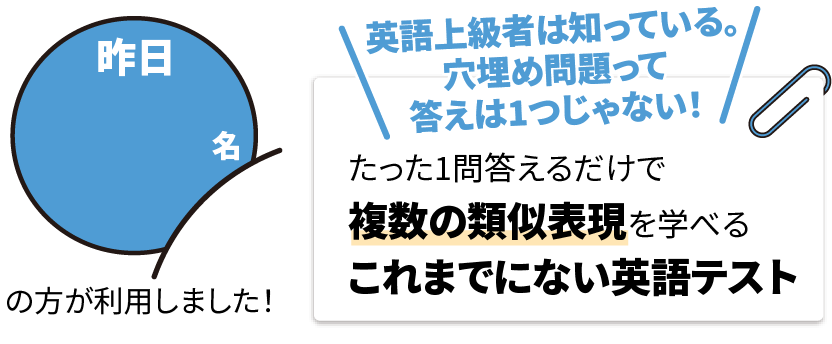




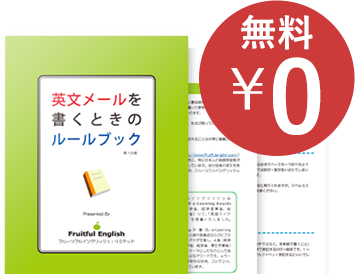
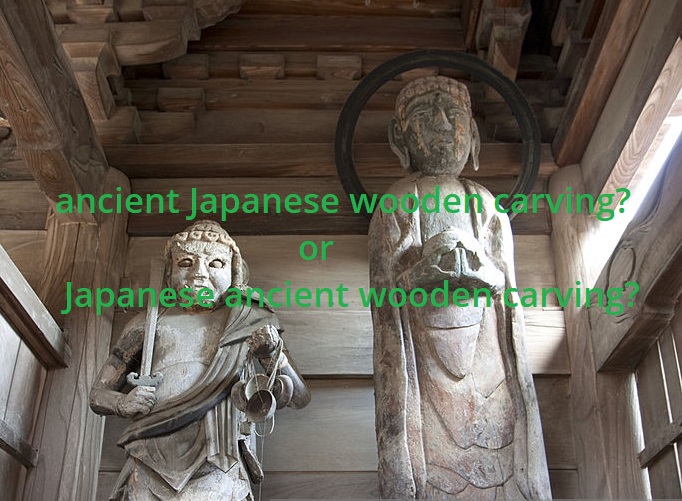
 (28 イイネ!が押されています)
(28 イイネ!が押されています)






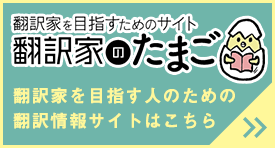

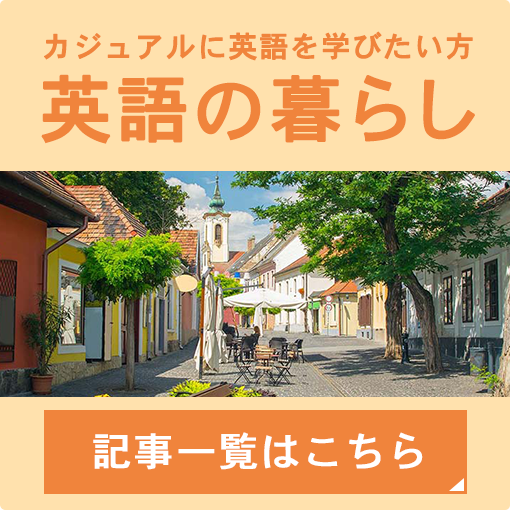
















コメントする